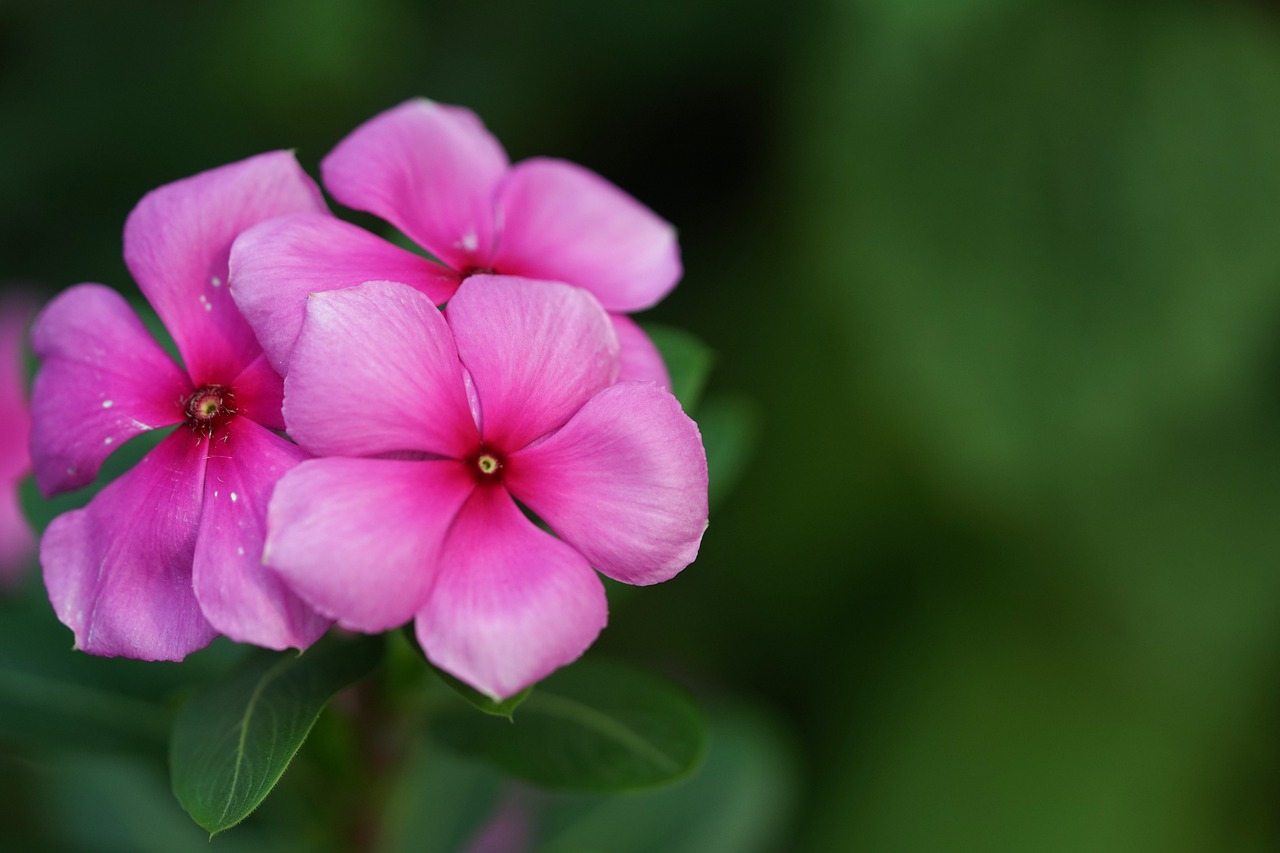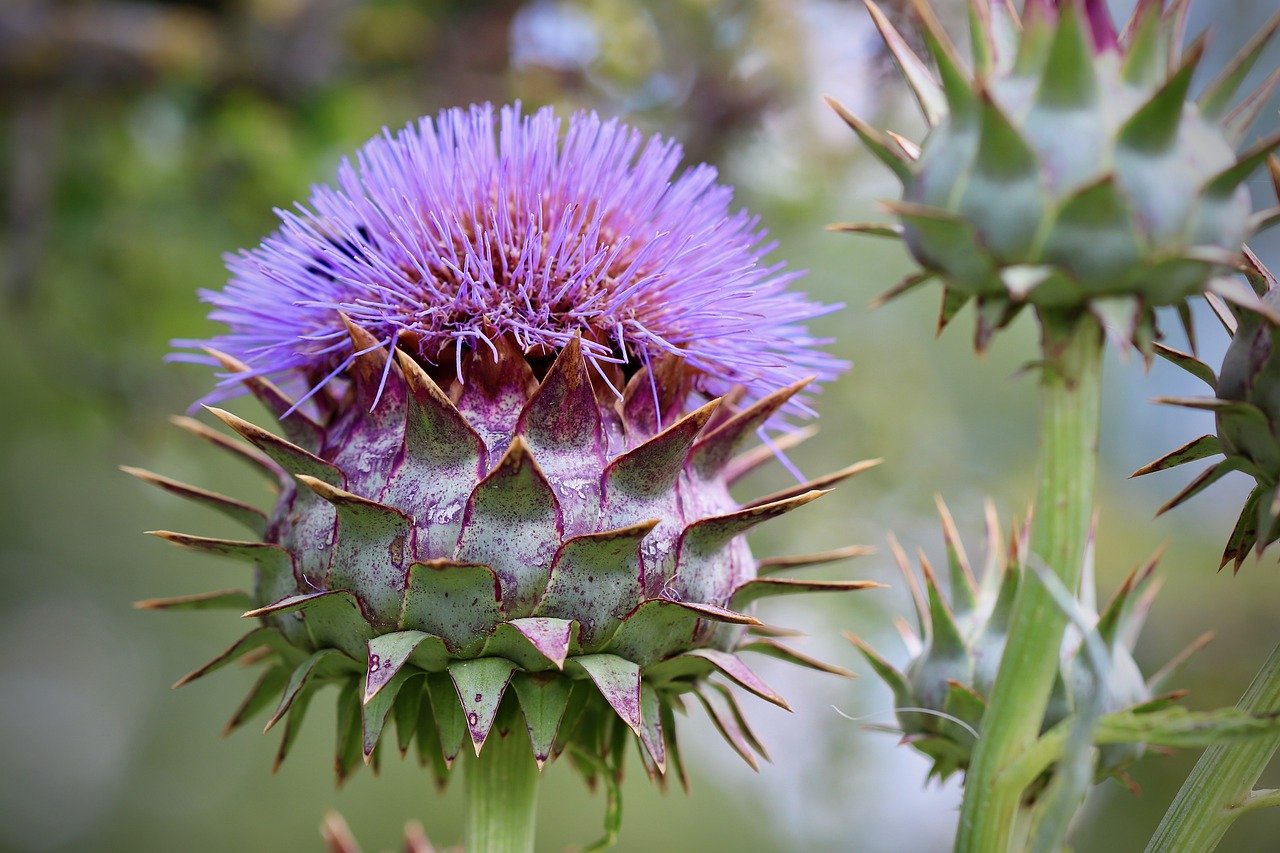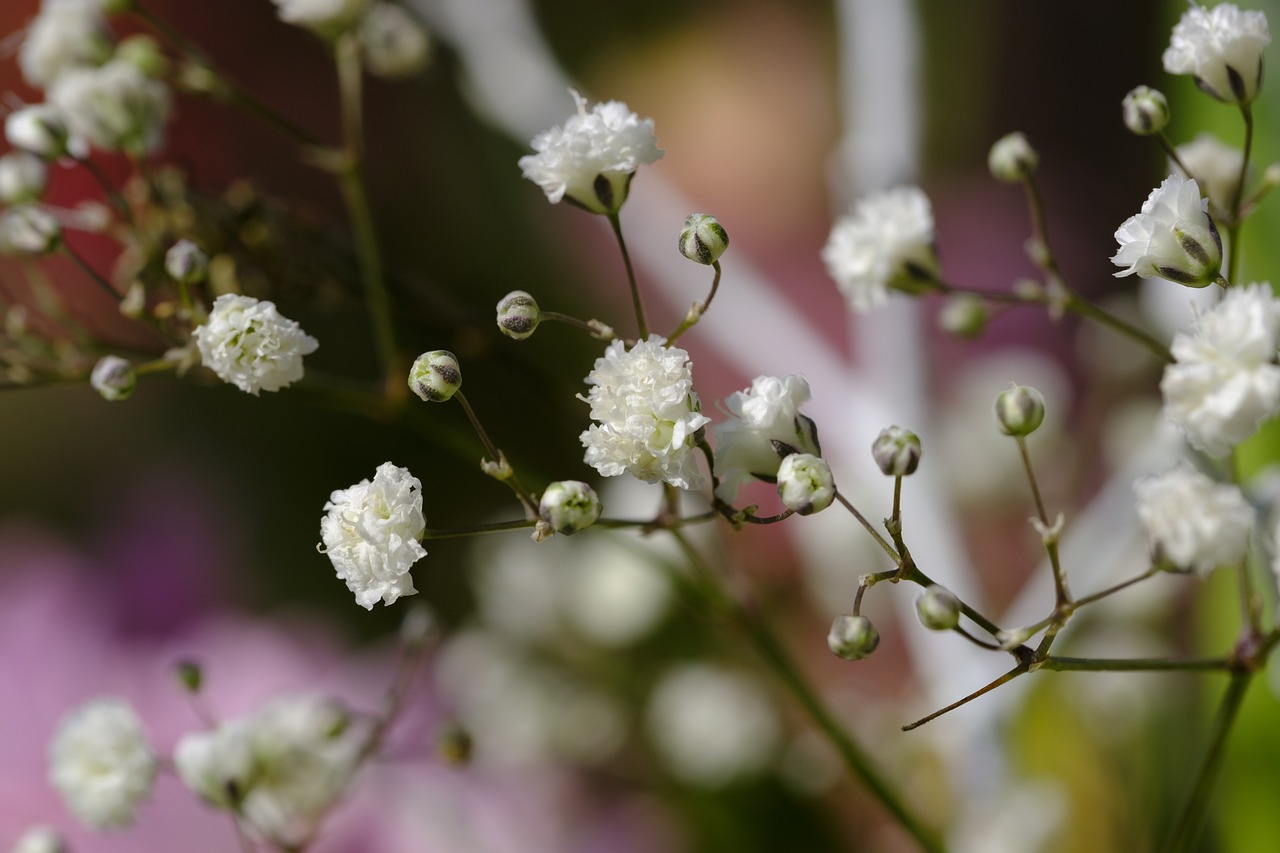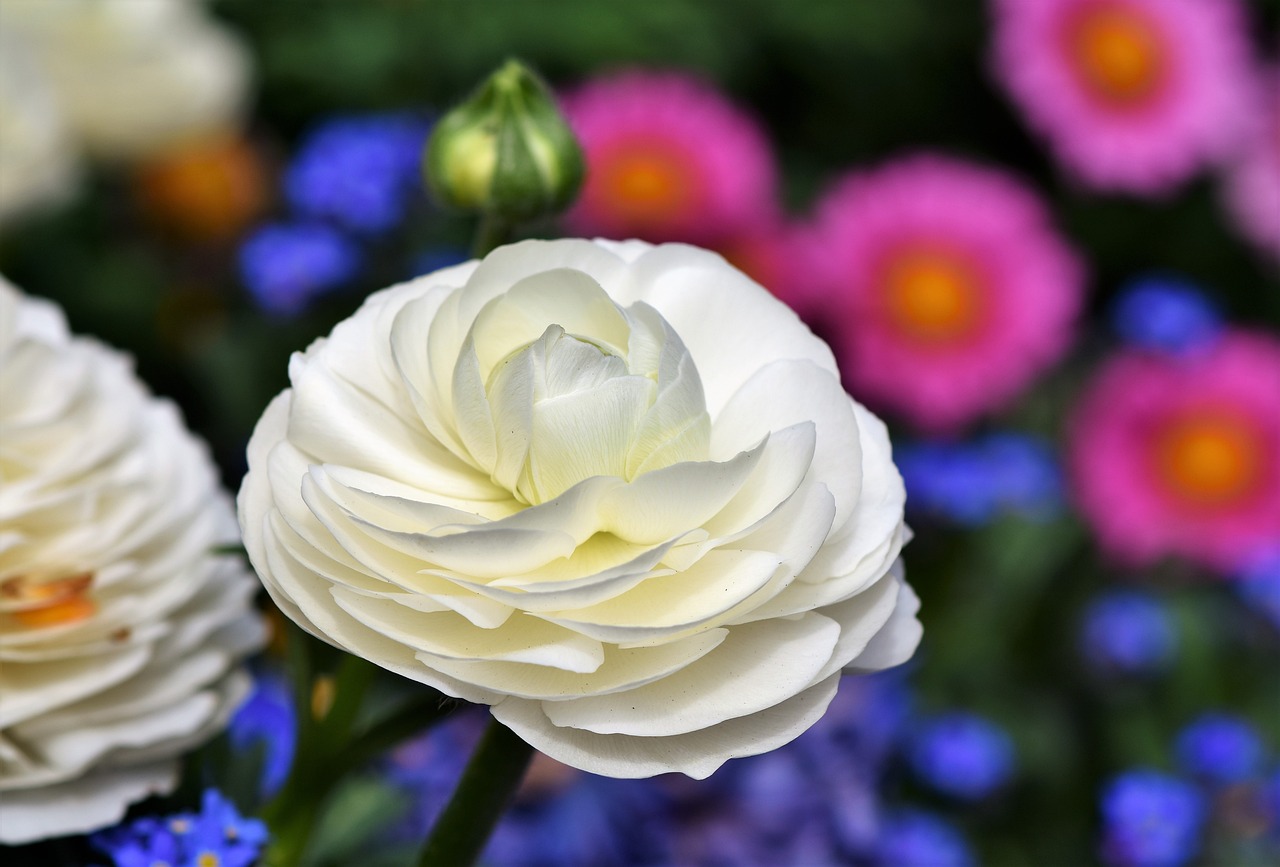Atsumoriso | The Wild Orchid Named After Taira no Atsumori

Atsumoriso (Cypripedium macranthos and related species) is a beautiful orchid belonging to the Orchidaceae family. It is characterized by its unique shape and rarity.
Some species are endemic to Japan, and they are highly valued both as ornamental plants and as subjects of academic research.
In this article, I will explain in detail the basic information about Atsumoriso, its cultural and historical significance, and key points for cultivation.
Basic Information
- Scientific name: Cypripedium macranthos and related species
- Family: Orchidaceae
- Origin: Temperate regions of the Northern Hemisphere (Japan, China, Russia, Europe, North America, etc.)
- Appearance: Atsumoriso is a perennial herb that grows 20–50 cm tall and produces distinctive flowers from spring to early summer. Its pouch-like labellum resembles the decorative pouch of the costume used in the traditional dance “Atsumori,” which inspired its name. The flowers vary in color, including pink, purple, and white, depending on the species.
- Flowering season: Around May to June (depending on region and species)
Cultural Significance Around the World
Atsumoriso is cherished worldwide as a flower with special meaning.
In Europe, it is known as the “Lady’s Slipper,” and its elegant appearance has long been regarded as a symbol of aristocratic culture. In gardens in France and the United Kingdom, it has often been cultivated in greenhouses as a rare plant, captivating many admirers with its beauty.
In Japan, Atsumoriso is associated with The Tale of the Heike and traditional performing arts due to its name’s origin. It has also become a symbol of nature conservation, attracting attention as a protected species.
Historical Episodes
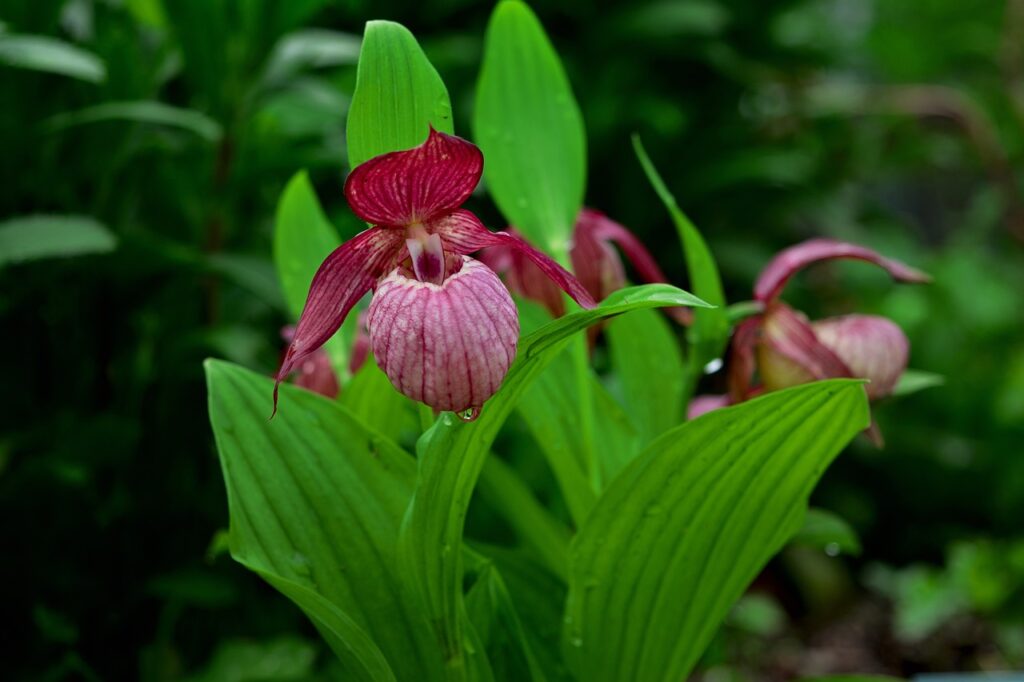
The name “Atsumoriso” is said to be derived from Taira no Atsumori, a warrior of the late Heian period. The pouch-like shape of the flower was thought to resemble the costume worn by Atsumori in traditional court dance.
In Japan, it has been cherished as a wildflower since ancient times and was cultivated as a “rare plant” among enthusiasts during the Edo period.
In Europe, a species of Atsumoriso was introduced in the 16th century and became recognized as a luxury plant grown in the greenhouses of royalty and nobility. During the 19th-century horticultural boom, many orchid species, including Atsumoriso, gained attention, leading to advancements in hybridization and cultivation.
Gardening Advice
Since Atsumoriso requires cultivation that mimics its natural environment, proper care is essential. Key points include:
Light
Prefers partial shade. Avoid strong direct sunlight; ideal conditions include tree shade or shaded gardens.
Watering
Keep the soil from drying out completely. Water moderately when the surface soil dries, avoiding overwatering. Do not pour water directly on the leaves.
Soil
Prefers well-drained, acidic soil rich in humus. Specialized orchid soil or wild plant soil is recommended.
Fertilizer
Apply diluted liquid fertilizer about once every two weeks during the growing season in spring. Withhold fertilizer during dormancy.
Wintering
While some species are hardy, in colder regions, protect the plant by mulching around the base.
Conclusion
Atsumoriso is a captivating plant, admired for both its distinctive floral shape and its historical and cultural background.
Although its cultivation requires careful attention to replicate natural conditions, the joy of seeing its beautiful blossoms is incomparable.
I encourage you to explore the deep charm of Atsumoriso by growing it while appreciating its cultural and historical significance.


